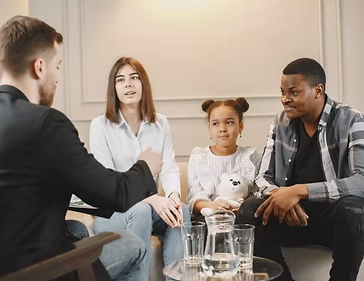Specialties
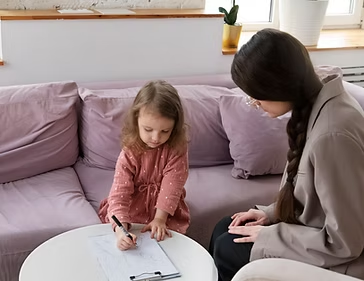
Psychology - Applied Behavior Analysis (ABA)
ABA therapy is a therapy that uses evidence-based teaching techniques to increase appropriate behaviors and reduce those that may be harmful or interfere with learning.
Psychologists apply ABA after an assessment to check behaviors and determine what needs to be improved by setting goals.
Activities can be developed at home, in schools and clinics.
It is a therapy that uses forms of rewards to reinforce positive behavior and encourage certain practices.
The family also receives support from the psychologist and is guided to carry out activities at home according to their needs.
Speech therapy
• Audiology: Develop a program to prevent and promote hearing health; perform audiological diagnosis and rehabilitation; select and adapt hearing aids.
• Language: Prevent, diagnose and treat speech and writing disorders.
• Orofacial motricity: Prevent, diagnose, enable and rehabilitate functions related to breathing, sucking, chewing.
• Dysphagia: Diagnose, enable and rehabilitate patients with swallowing disorders.
Educational speech therapy: Promote, improve and prevent changes in oral and written language, hearing, motor skills.
• Neurofunctional speech therapy: Evaluate, diagnose and rehabilitate people with neurofunctional changes, acting on the consequences of damage to the central or peripheral nervous system.
• Neuropsychology: Prevent, evaluate and treat disorders that affect human communication and its interface with cognition.
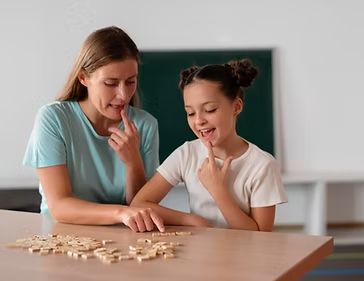
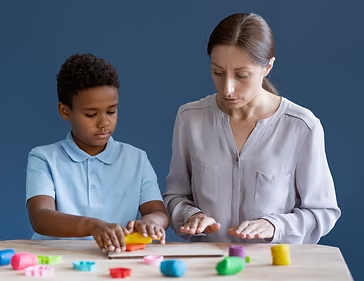
Occupational Therapy
Occupational therapists help patients with injuries, illnesses, or disabilities develop, recover, and improve the skills they need for daily living, helping people of all ages overcome physical difficulties or illnesses to perform daily activities. Their work ranges from home assessments to create a safe living environment to helping with daily tasks such as getting dressed, eating, and doing schoolwork, among others.
Neuro Pediatric Physiotherapy
Neuro Pediatric Physiotherapy is indicated due to genetic alterations, traumas or acquired diseases.
We use physical exercises, breathing exercises, sensory stimulation, psychomotor approach, equipment and specific techniques, with the objective of promoting, maintaining or recovering the motor functionality of patients.
Stimulation of motor coordination
Muscle strength
Balance
Maintenance of joint mobility
Cardiovascular training
Improvement of motor function, thus improving the possibility of independence and participation
In general, the treatment objectives take into account that exercises are combined in a playful way and taking into account the functionality of the child.
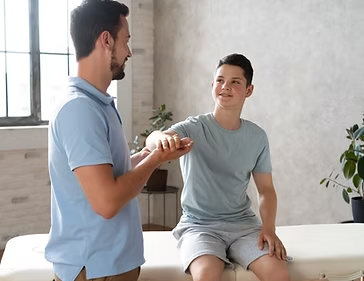
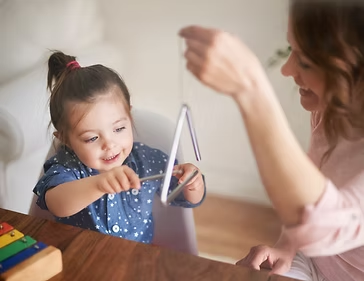
Music therapy
Music therapy uses music and its elements such as sound, rhythm, melody and harmony for physical, mental and social rehabilitation. It uses musical instruments, singing and noises to treat people with speech and hearing disorders or mental disabilities, working in the area of motor rehabilitation.
Psychopedagogy
Psychopedagogy aims to understand the learning process, with one of its central objectives being to understand the complexity involved, bringing together concepts from psychology and pedagogy, considering social, behavioral and emotional factors. Thus, it identifies the limiting agents in each case and finds the best way to overcome them through focused intervention.
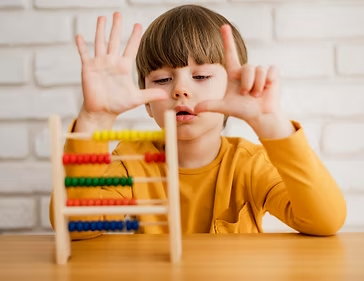
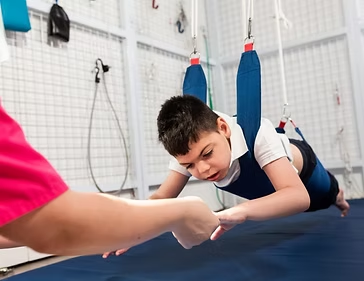
Occupational Therapy
It is a structured program with the aim of promoting the child's growth and development and combating the effects of disuse and immobilization, with the main objectives:
• Normalize muscle tone
• Increase the variety of active movements
• Increase strength and motor resistance
• Control the muscle groups that have just gained strength, allowing the child to improve their functional abilities, aiming at their independence.
Child Neurology
Child Neurology or Neuropediatrics, as it is also known, is a medical specialty that studies and develops treatments for structural diseases that are linked to the Central Nervous System (brain, cerebellum and brain stem) and the Peripheral Nervous System (muscles and nerves) of children and adolescents.
Our doctors are prepared to evaluate children and adolescents from the point of view of motor, cognitive and language acquisition, from birth to the end of adolescence, in addition to providing guidance from our multidisciplinary team.
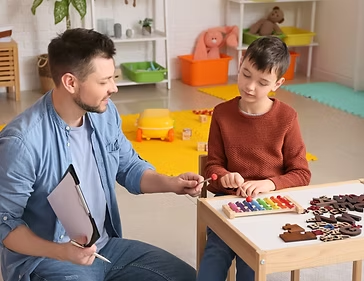
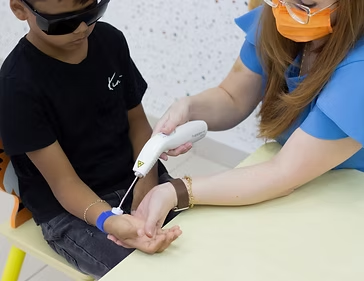
Lasertherapy
An important resource in speech therapy for children with cerebral palsy, brain malformations, hypotonia, Down syndrome and other syndromes. For this reason, laser therapy presents very significant results in the areas of orofacial motricity, dysphagia, breastfeeding, facial paralysis, facial trauma, facial aesthetics, temporomandibular disorders and orthognathic surgery, neuralgia, among others.
Therapeutic Companion
The therapeutic companion aims to promote continuity in all the objectives planned in the office by the case coordinator, in the child's natural environments (home and school), according to their needs.
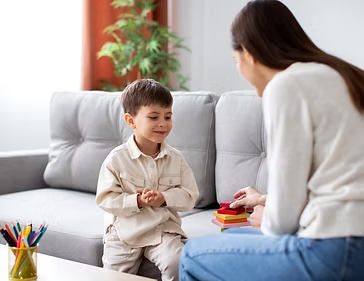
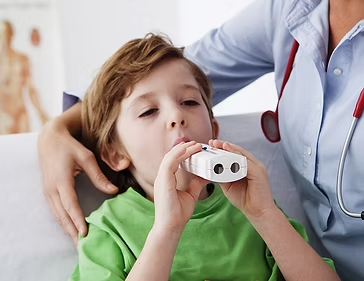
Occupational Therapy
Physiotherapy area that acts on the respiratory system as a manual therapy, aiming to treat and prevent dysfunctions related to the respiratory system.
The main objectives are:
Reduction of respiratory discomfort.
Mobilization and unblocking of the rib cage.
Integration between respiratory and motor activities.
Removal of secretions from the airways.
Parenting Coaching
Parental guidance, also called parental counseling, is a psychological monitoring process that involves the entire family, with the aim of creating bonds and guiding stimulation techniques for better child development.
